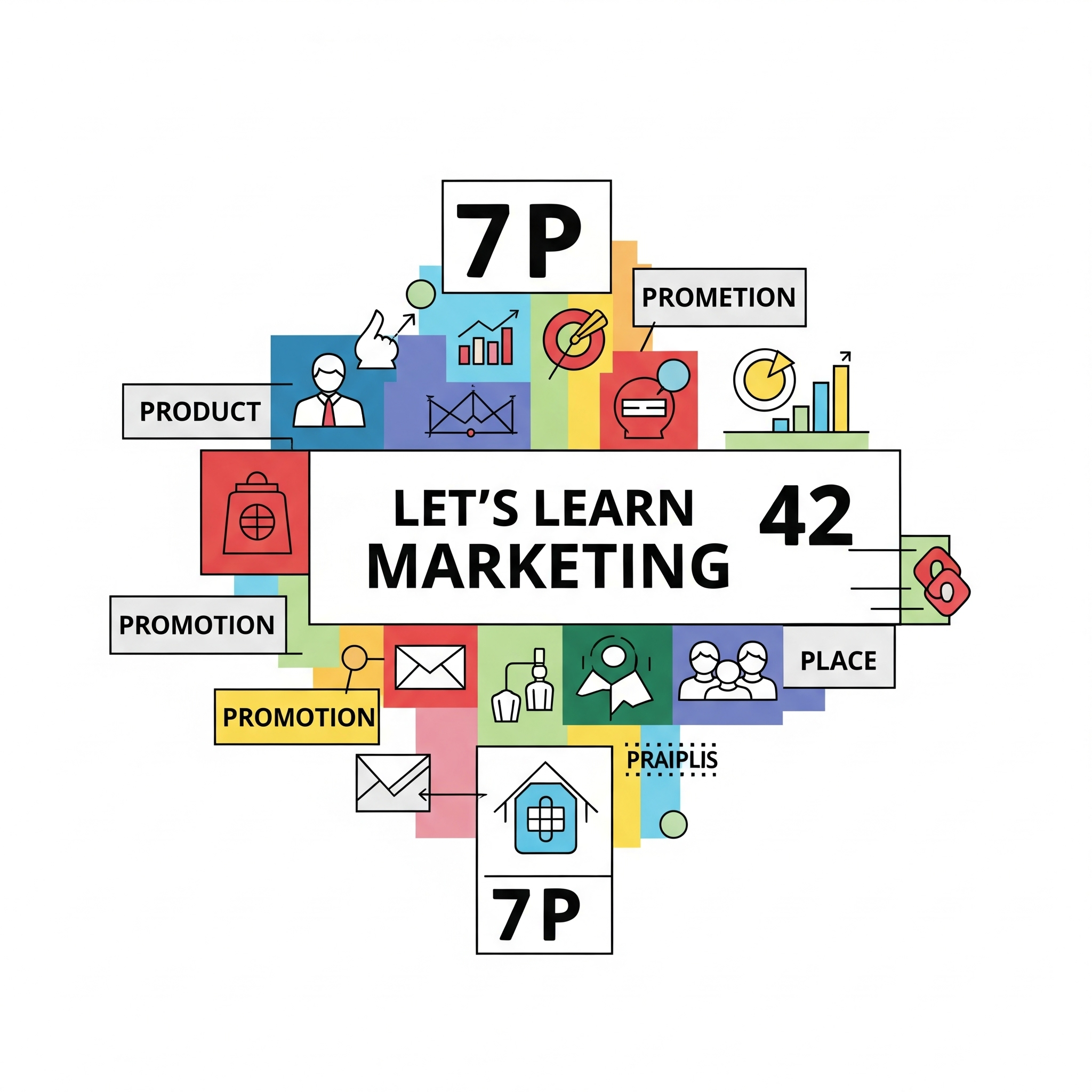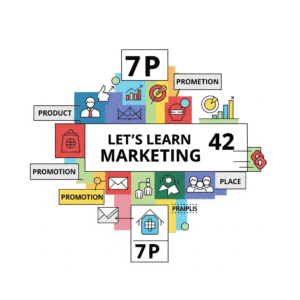Marketing vs. Selling: Understanding the Key Differences
In the world of business, the terms “marketing” and “selling” are often used interchangeably, but they represent distinct concepts that play crucial roles in the success of any organization. Understanding the differences between these two functions can help businesses develop more effective strategies and ultimately drive growth. This post will explore the key differences between marketing and selling, shedding light on how they complement each other while serving different purposes.
What is Marketing?
Marketing encompasses a broad range of activities aimed at promoting and positioning a product or service in the marketplace. It involves understanding customer needs, creating value, and building relationships. Here are some key aspects of marketing:
Focus on the Customer
Marketing starts with the customer. It involves researching and understanding their preferences, behaviours, and pain points. By gathering data through surveys, focus groups, and market analysis, businesses can tailor their offerings to meet customer needs.
Building Brand Awareness
One of the primary goals of marketing is to create brand awareness. This involves promoting the brand through various channels such as social media, content marketing, and advertising. The aim is to make potential customers aware of the brand and what it stands for.
Long-term Strategy
Marketing is a long-term strategy that focuses on building relationships with customers over time. It’s about creating a positive perception of the brand and fostering loyalty. This can lead to repeat business and referrals, which are essential for sustainable growth.
Examples of Marketing Activities
* Content creation (blogs, videos, infographics)
* Social media campaigns
* Email marketing
* Search engine optimization (SEO)
* Public relations efforts

What is Selling?
Selling, on the other hand, is a more direct approach focused on the transaction itself. It involves persuading customers to purchase a product or service. Here are some key aspects of selling:
Direct Interaction
Selling typically involves direct interaction between a salesperson and a potential customer. This can happen in person, over the phone, or through online chat. The goal is to address any questions or concerns the customer may have and guide them toward making a purchase.
Short-term Focus
While marketing is about building long-term relationships, selling is often more short-term. The primary objective is to close the deal and generate immediate revenue. Sales tactics may include discounts, promotions, or limited-time offers to encourage quick decisions.
Personalization
Effective selling often requires a personalized approach. Salespeople need to understand the specific needs of each customer and tailor their pitch accordingly. This can involve active listening and adapting the sales strategy based on the customer’s responses.
Examples of Selling Activities
One-on-one sales presentations
* Product demonstrations
* Negotiating terms and prices
* Following up with leads
* Closing sales deals

Key Differences Between Marketing and Selling
Understanding the differences between marketing and selling can help businesses allocate resources more effectively and develop strategies that work in harmony. Here are some of the key distinctions, you can click on the below button for related Youtube Video:
Purpose
* Marketing aims to create awareness and interest in a product or service.
* Selling focuses on converting that interest into a sale.
Approach
* Marketing is about building relationships and understanding customer needs.
* Selling is about persuading customers to make a purchase.
Timeframe
* Marketing is a long-term strategy that nurtures customer relationships.
* Selling is often a short-term tactic aimed at immediate results.
Techniques
* Marketing uses various channels to reach a broad audience.
* Selling relies on direct interaction and personal engagement.
How Marketing and Selling Work Together
While marketing and selling are distinct functions, they are most effective when they work together. Marketing lays the groundwork by creating awareness and generating leads, while selling takes those leads and converts them into customers. Here’s how they can complement each other:
Lead Generation
Marketing efforts can generate leads through campaigns and promotions. Sales teams can then follow up on these leads to close deals.
Feedback Loop
Sales teams can provide valuable feedback to marketing about customer preferences and objections. This information can help marketing refine its strategies and messaging.
Consistent Messaging
Both marketing and selling should convey a consistent message about the brand and its offerings. This helps build trust and reinforces the brand’s value proposition.
Conclusion
Understanding the differences between marketing and selling is essential for any business looking to thrive in a competitive landscape. By recognizing how these two functions complement each other, organizations can create more effective strategies that drive growth and foster lasting customer relationships. Whether you’re in marketing, sales, or both, embracing the unique roles of each can lead to greater success.







Post Comment